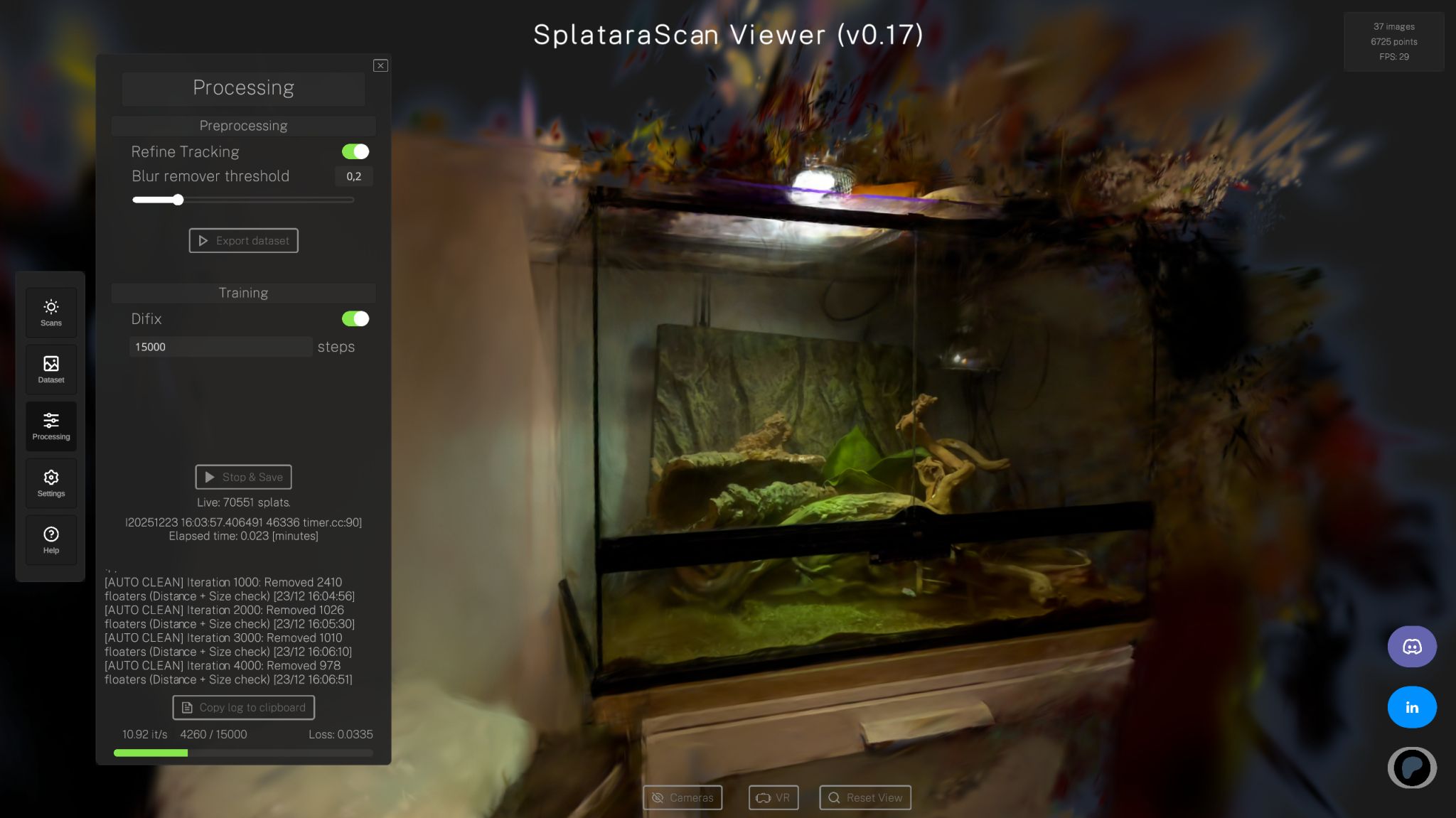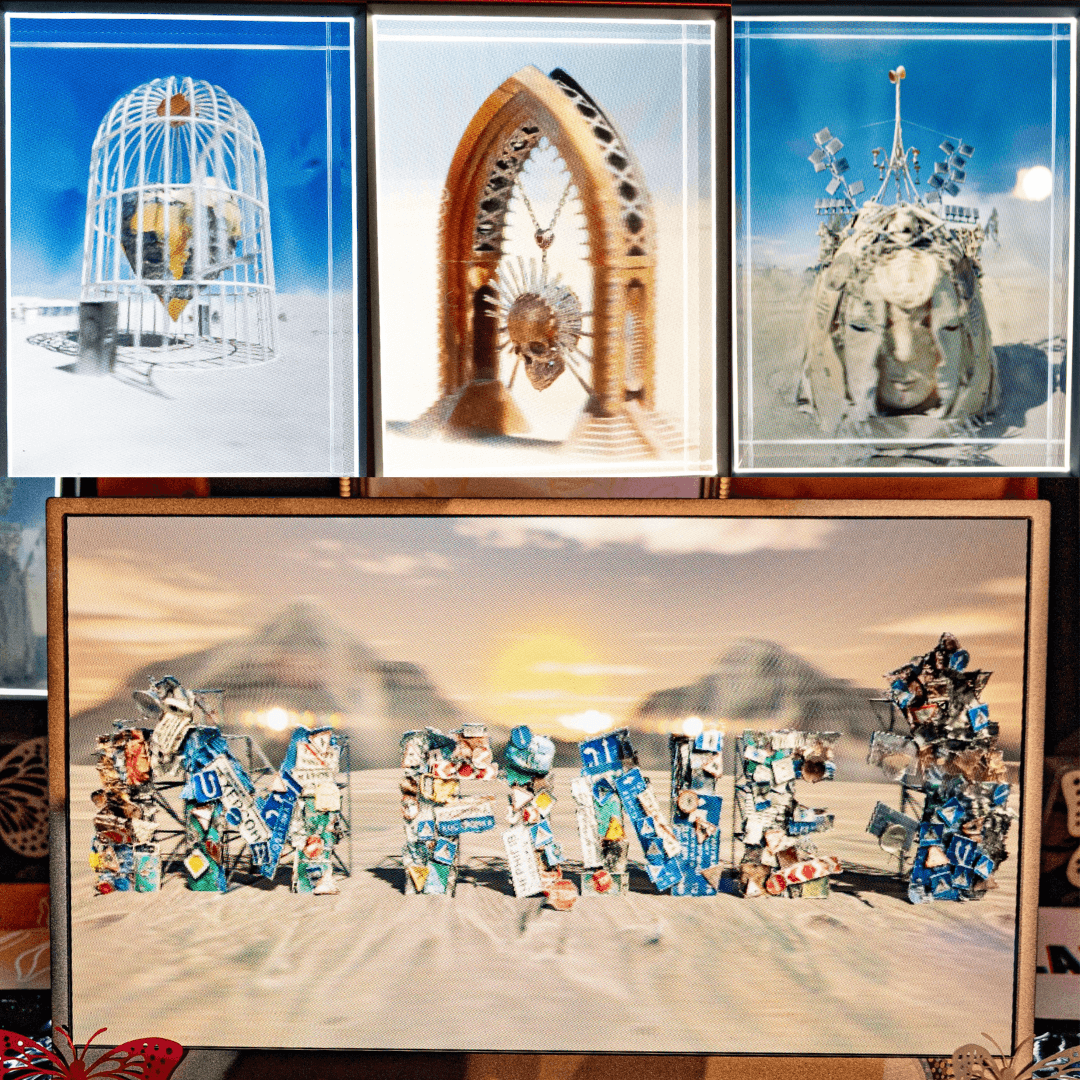

Michael Rubloff
Sep 15, 2025
For as long as restaurants have been around, menus have struggled to capture the essence of the food they describe. Static text and flat photos can only go so far in showing off a dish that is meant to be experienced with all the senses. In several countries, this has translated to lifelike physical mockups outside the restaurant. However, a new platform called Replate thinks it has found the digital answer of lifelike 3D meals by bringing Gaussian Splatting into the world of dining.
Replate is building an interactive system that lets diners explore food in three dimensions, with the kind of fidelity that only splats and other radiance fields can deliver. Instead of squinting at a grainy photograph, you can rotate a plate of risotto, zoom in on the texture of a seared steak, or see exactly how a dessert is plated before you order it.
Diners access the 3D menu through a web app, no downloads or registration, by scanning a QR code or following a link. For restaurants, the value goes beyond visuals. Every interaction with the menu is a data point: which dishes people linger on, what angles they examine, where curiosity drops off and where it converts into an order. Replate captures and analyzes this behavioral data to give restaurateurs a clearer picture of what their customers actually want. The platform can even reorganize menus in real time, adapting recommendations to match consumer preferences or external factors like time of day and seasonality. In practice, this means fewer wasted ingredients and better targeted promotions.
The sustainability angle is also hard to ignore. By replacing photo shoots with 3D scans, restaurants can reduce food waste and cut down on operational costs. The same scans double as training tools for staff, ensuring that dishes are presented consistently across different locations, and as marketing assets for social media or delivery apps. Replate even envisions a future where ordering happens directly within the 3D menu itself, removing another layer of friction from the dining process.
The company has already piloted its technology with 19 restaurants in Italy’s Rimini region, including some chains. Early feedback points to stronger customer engagement and real savings on the operational side. The business model is a mix of subscription tiers and data services, with plans to expand through strategic partnerships in the food and hospitality industry.
Just as radiance fields have redefined how we capture cultural landmarks, game environments, and even personal memories, here they’re being used to reshape something as everyday as choosing dinner. Learn more about Replate on their website.







